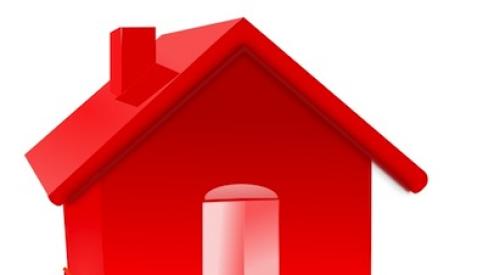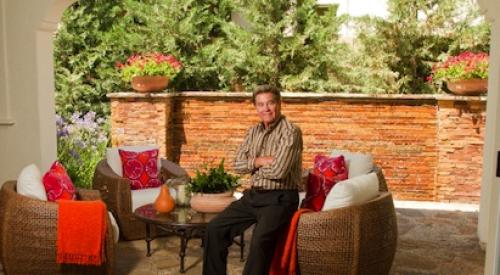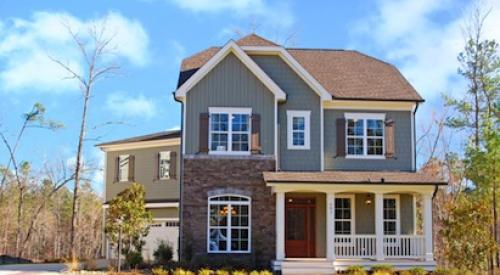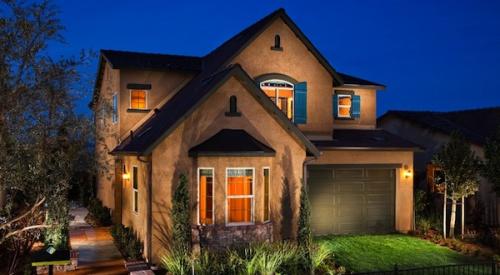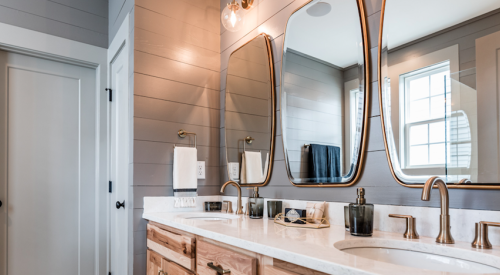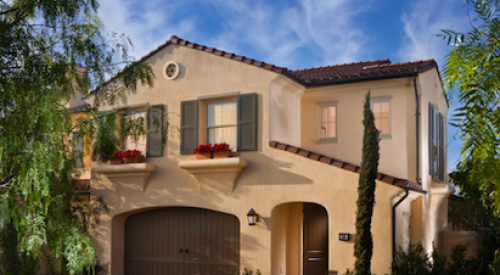Widely used in consumer products research for more than three decades, psychographic analysis has proven to be an essential market research tool for countless home builders and developers during the past 15 years. When used in conjunction with demographic analysis (age, gender, race, wealth), psychographic data can offer powerful insights into the needs, wants, and desires of your target buyers.
Through psychographic surveying, builders and developers can dig deeper into the mindsets of buyers to identify their values, lifestyles, opinions, and attitudes. They then use this information to design the ideal plans, features, and amenities for their buyers.
(Note: This article was published as part of Professional Builder's July 2012 Design Innovation Report. For more articles from this special report, click here.)
“Demographics are important but insufficient in terms of really characterizing what people want in a house and, more importantly, why they want it,” says Brooke Warrick, president of Medford, Ore.-based market research firm American Lives and a leading psychographics expert. “When you want to get at that ‘why’ question, that’s where the big impact is. It’s pretty important stuff.”
We asked Warrick to outline the basic psychographic groups and offer tips for spotting them and identifying their design hot buttons.
1. Traditionalists/Heartlanders (~20 percent of home buyers)
Who They Are
Traditionalists live by a strict code of right and wrong and tend to defend what they know to be true. They also tend to stay in houses a long time and will not move unless a big life change occurs, such as the kids leaving the home. There is a flood of Traditionalists sitting on houses that are too big and require too much maintenance, but they are fearful of entering the market because they might lose money on their current home. They need to be invited to consider a new home that better meets their current needs.
How to Spot Them
If a home shopper knocks on the sales center door instead of just walking in, they’re probably a Traditionalist. This group is typically focused on features and amenities that will benefit their family, such as community parks and playgrounds, and they are very cautious about hidden costs and reoccurring expenses that can increase over time, such as homeowners’ association fees. If you try to “qualify” them too quickly they will walk out the door and never come back. You must reassure them to get the contract.
What They Want in Home Design
These buyers are attracted to predictable, even formal floor plans with expansive “public” spaces for family gatherings and entertaining. They also desire large, private back yards for grilling and recreational activities. They won’t pay for high design; in fact, they outright reject it, says Warrick. “I once showed a group of Traditionalists a federal elevation with quoins and their response was that it looked like it had ‘warts,’” says Warrick. To that point, muted elevations such as those inherent in Colonial architecture, are seen as favorable among this buyer group. Finally, they want energy-saving features, not because they want to save the earth, but save money. They are not income restricted but rather imagination restricted.
High-value features include:
• A kitchen and family room that promote communication
• Brand-name appliances, but nothing fancy
• Easy-to-clean surfaces
• Spacious laundry room with storage
• Modest master and secondary bedrooms
• Understated elevations
• Outdoor living spaces, such as a large, simple concrete patio that connects to family room or kitchen (“Joe Barbecue Space,” as Warrick calls it)
• Fenced backyard
• Energy-saving features with savings guarantees
• Simple “homey” merchandising
2. Cultural Creatives (~30 percent of home buyers)
Who They Are
Cultural Creatives are well educated and interested in social and global issues, especially sustainability. They generally are active participants in their community and are constantly looking to expand their horizons. While they tend to be successful in their professional lives, they don’t flaunt it.
How to Spot Them
Cultural Creatives are more likely to drive a car that is several years old since they’re not concerned with making bold statements with their material possessions. They generally place more focus on how a house lives and feels than how it looks, so be ready to point out the charming qualities of your plans and community, as well as the sustainable features.
What They Want in Home Design
Cultural Creatives desire warm styles and textures and sanctuary spaces for reading or just getting away. They want authenticity and are turned off by cookie-cutter elevations; four-sided architecture is highly desired, but they don’t want to make loud design statements. Connection to nature is a must, as is a real neighborhood feel. “Many Cultural Creatives are moving back to cities to find the quality of neighborhood they are seeking,” says Warrick. “Walkable communities are very attractive to them, as are pocket parks, promontory points, community art, and the village green.”
High-value features include:
• Front door made from natural material with artistic design
• Front courtyard that hides the façade
• Warm, natural materials in the kitchen
• Generous ergonomic counter space in the kitchen
• Kitchen that is functional for gourmet “foodies”
• Large, simple master suite with ample outdoor communication
• Easy-to-clean materials
• Book shelves and storage for mementos from travel
• Storage for active sports
3. Winners with Heart (~30 percent of home buyers)
Who They Are
Winners With Heart seek status, and their homes are an important statement piece. They are goal-oriented and keenly focused on “making it” in their business and personal lives, says Warrick. A sense of community is important, but having the best address is absolutely critical. While they are environmentally aware, they often make decisions for upgrades like granite countertops in lieu of green elements. “The builder really needs to sell the benefits of green features, especially the fact that you can only get them in new construction,” says Warrick.
How to Spot Them
Winners want to make a statement with their homes, but they don’t want to rub it in, especially after the severe recession that hurt most American families. They often drive late-model luxury automobiles and may show interest in brand-name home items, such as appliances. “We’ve seen many Winners dress down when home shopping to avoid the interference of a salesperson,” says Warrick.
What They Want in Home Design
Socializing and entertaining are important to Winners With Heart, so focus on plans with large, open living spaces, outdoor living amenities, and special features like kitchen prep and serving stations. They also want the latest in design elements for easy living, like kitchen conveniences and specialized storage. Eye-catching architecture, like vertical massing, is also a must, and four-sided architecture is highly valued.
High-value features include:
• A strong focus on the entrance sequence, from walkways to landscaping to the visual pop at the front door
• Stylish wood cabinets in the kitchen and baths
• Organizing features in the cabinets
• Large family/entertaining space adjacent to the kitchen
• Sanctuary space (small alcove) in the master bedroom
• Interior courtyard
• Large master bedroom and bath with special design details, like tray ceilings
• Upgraded landscaping packages
• Large covered patio with built-in grill
• Storage spaces to organize their ample assortment of “stuff” (“They love stuff,” says Warrick)
4. Trenders (~15 percent of home buyers)
Who They Are
Trenders are younger, upward strivers who want the winner lifestyle, but will settle for upscale touches as they build equity. Their ideal home is loaded with features, even if it’s small. “They want the below-average price point, but with big splashes,” says Warrick. “The entertainment center is a showcase for this group, and they want their front elevation to make a strong statement to the street.”
How to Spot Them
While their wallets are thin, their expectations are very high, and they generally ask a lot of questions about construction and financing. This group is not very trusting, so it is critical that your sales team has clear, concise answers in order to build their confidence.
What They Want in Home Design
Trenders want curb appeal. The ideal elevation will impress with statement-oriented architecture. For some, this means a desire for gingerbread elevations. For others, it means tall, vertical elements. However, it’s more important for builders to focus on process, not product, with this group. For instance, talk up your zero-defect history. Finally, energy efficiency is important for Trenders because it controls their costs and assures them that this part of their financial obligation will be steady.
High-value features include:
• Distinctive elevation features even if they are inexpensive
• Entry statement (e.g., expensive-looking flooring material)
• Unique kitchen features, such as an appliance garage
• Inexpensive but stylish master bath
• Small patio slab
• Expensive looking merchandising
• Simple front-yard landscaping
For more articles from Professional Builder's special Design Innovation Report, click here.


